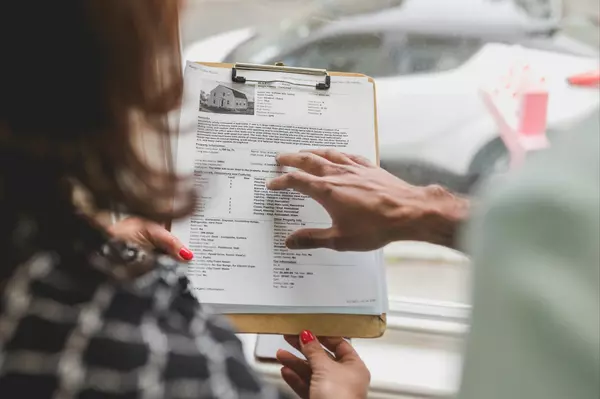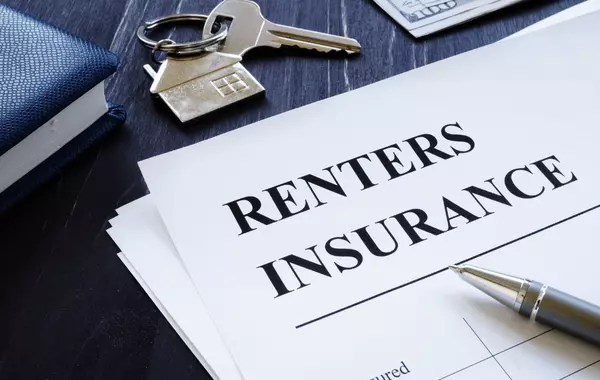Home Savings 101: Calculating Your Path to Homeownership

For many, purchasing a home is a significant milestone—a dream rooted deeply in our aspirations for stability and accomplishment. However, realizing this dream requires thoughtful financial planning and discipline. If you're preparing to leap into homeownership, understanding how much you need to save is paramount. This blog will delve into key aspects to help you on your journey: the buyer's responsibilities, mortgage details, and how your lifestyle factors into the equation.
Understanding the Buyer's Responsibilities
First and foremost, it's essential to grasp what's expected of you as a buyer. Beyond securing the right property, you need to lay a strong financial foundation. Here are the primary steps:
1. Assess Your Financial Health
**Credit Score**: Your credit score will significantly influence the mortgage rates you qualify for. Aim for a score of 700 or higher to secure favorable terms.
**Debt-to-Income (DTI) Ratio**: Lenders will examine your DTI ratio to gauge your ability to manage additional debt. A DTI ratio below 36% is ideal.
**Savings**: Besides the down payment, consider having three to six months' worth of living expenses reserved for emergencies.
2. Save for a Down Payment
**20% Standard**: Traditionally, a 20% down payment is advisable to avoid Private Mortgage Insurance (PMI) and secure lower monthly payments.
**Low Down Payment Options**: There are options for lower down payments, such as FHA loans (3.5%) or VA loans (0%), but these often come with higher interest rates or additional fees.
3. Budget for Closing Costs
**Typically 2-5%**: Closing costs generally span 2-5% of the home’s purchase price. This includes fees for appraisal, home inspection, and loan originations, among others.
Deciphering Mortgage Nuances
Understanding your mortgage options and their implications is another critical step. Your choices here will affect your financial planning and long-term commitments.
1. Fixed-Rate vs. Adjustable-Rate Mortgages (ARM)
**Fixed-Rate Mortgages**: Offer consistent monthly payments over the loan term, typically 15 or 30 years.
**Adjustable-Rate Mortgages**: Feature an initial lower rate that adjusts after a specific period, which can be risky if rates increase significantly.
2. Mortgage Pre-Approval
**Shop Around**: Get pre-approved by multiple lenders to find the best rates and terms.
**Loan Estimate**: This form provides a detailed breakdown of the total cost of the mortgage loan, including interest rates, monthly payments, and closing costs.
3. Private Mortgage Insurance (PMI)
**Required for Low Down Payments**: If your down payment is less than 20%, you’ll likely need PMI, which adds to your monthly expenses but can be removed once you reach 20% equity in your home.
Aligning with Your Lifestyle
While numbers and percentages provide a clear roadmap, they only tell part of the story. Your lifestyle—both current and projected—plays a crucial role in determining how much you need to save.
1. Evaluate Personal Priorities
**Future Plans**: Are you planning to start a family or pursue higher education? These life events can impact your financial readiness.
**Career Stability**: Ensure you have a stable income and perhaps even room for growth to comfortably manage mortgage payments.
2. Consider Cost of Living
**Location Matters**: Research the cost of living in the area you're interested in. Cities can have vastly different costs for utilities, groceries, and general living expenses.
**Property Maintenance**: Homeownership doesn’t end at the down payment. Factor in costs for regular maintenance, property taxes, and potential renovations.
3. Lifestyle Adjustments
**Saving Strategies**: You may need to curtail spending on non-essential items and put more towards your home savings.
**Emergency Fund**: Don’t forget to keep an emergency fund. The unexpected can happen, and being prepared ensures homeownership isn't jeopardized by unforeseen expenses.
The Bottom Line
Homeownership is an exciting yet complex endeavor requiring meticulous planning. Start by assessing your financial health and understanding the buyer's responsibilities. Dive into the mortgage options that best suit your needs, and always consider how your unique lifestyle impacts your savings goals.
Remember, there's no one-size-fits-all answer to how much you need to save to purchase a home. It's a deeply personal journey with multiple variables. But with a clear plan and disciplined savings, this dream can transform into reality, providing a haven you can truly call your own.
Recent Posts










"My job is to help clients find properties that meet their wants and needs, and to ensure the transaction is executed seamlessly! "

